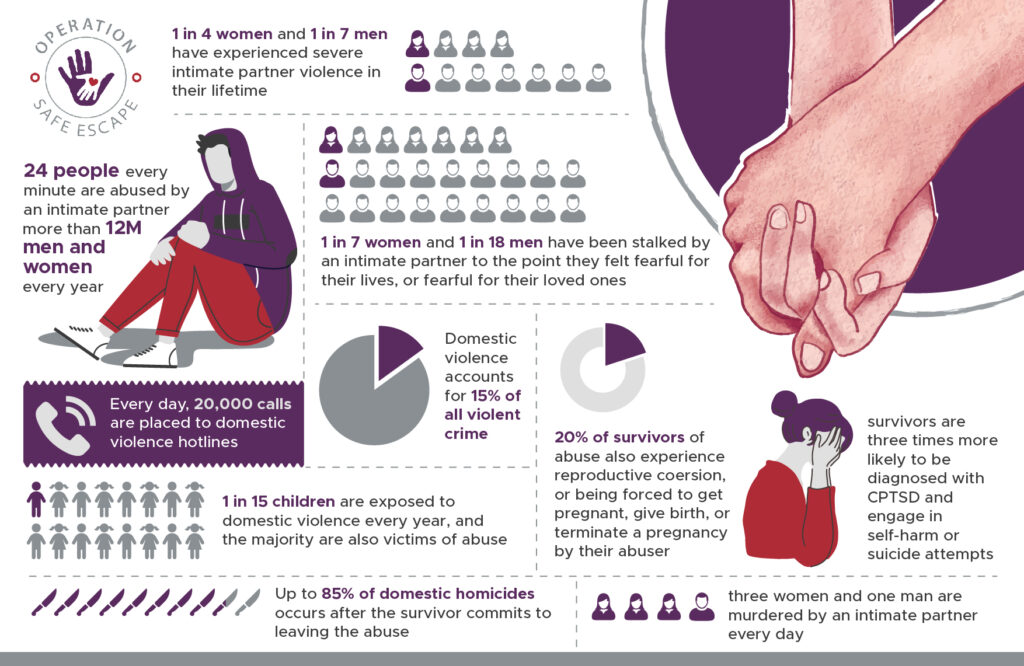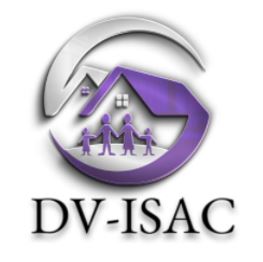It's hot in Vegas, but it's cool to help others
(My daughter thought of that one; it’s corny, but it’s staying. But seriously, we need your help)
First, let's talk about the problem
Trigger Warning: Abuse

What are WE doing about it?
Operation Safe Escape has been helping people escape abuse, stalking, and harassment since 2016. In that time, we’ve helped over 3,000 men, women, and children start a new life. We’ve provided hundreds of thousands of dollars worth of services and assistance, and all without charging a dime.
Here are a few examples (out of many) of what we’re doing right now:
Helping survivors

We work with survivors and their support system to help them escape and stay safe after they do
Building partnerships

We work with shelters, safe houses, social workers, and other partners to help them stay safe and protect clients
Training and awareness

We train advocates and first responders to better identify and respond to technical forms of abuse and safety issues
Just a few of our (many) projects:

Many sectors, such as utilities, defense, space, and aviation, maintain an Information Sharing and Analysis Center (ISAC) to share information and resources. We’re launching the first Domestic Violence ISAC to share resources, mitigate threats, and improve coordination. This will also include a TOC and SO for shelters and safe houses, which doesn’t currently exist.
There have been recent serious concerns in the trustworthiness and safety involved in using period tracking apps. Operation Safe Escape is developing an open source period tracker app that doesn’t track any user behaviors or store transmit sensitive data off the user’s device. This app will be made available for free as part of out commitment to safety and privacy

Security framework for shelters, safe houses, and advocacy organizations. This framework will help them build and maintain an effective security program
How can YOU help?
Whatever your skill set, area of expertise, or interests, there are ways you can help others.
Here are a few examples, but there are countless others:
Security Plans for Shelters and Safe Houses
We're developing security guides and a framework to help domestic violence shelters and safe houses. This is a game-changer, allowing them to better protect their employees and residents
Special Projects Team
Staying ahead of the tactics and techniques used by abusers and stalkers means creating new tools to fight them. The special projects team stays on top of important developments and ways to address them
Training and Content
Shelters, safe houses, and advocacy groups often receive as little as one hour of security refresher training a year. We're closing that gap by providing free security / safety training and awareness, as well as other content designed to teach critical skills
OSINT Team
We use OSINT to protect survivors by finding their vulnerabilities before their abuser does. There's other ways, too, so the OSINT team is critical to our mission
Direct Support
We always need people able to work directly with survivors, their support system, and their allies, providing expert advice to help them stay safe. Advocacy training is provided, and mentorship / team structures are in place
Things you already have
The presentations, policies, procedures, writeups... all the things you might already have can be adapted to help combat domestic violence. Ask us how!
Maybe you’re familiar with guidelines like NIST 800-53, the JSIG, or some other form of security control guidance. They allow organizations to understand and follow best security practices, standardize their approach, and even allow higher-level entities to certify the security posture. Unfortunately, no such tool exists for shelters and safe houses, often leaving them to develop their own security programs.
In most cases, the employees and volunteers running shelters and safe houses don’t come from a security background. They’re amazing individuals, often former social workers, teachers, or medical staff. Working together, we can help them protect themselves and their clients.
Click here to view the document and contribute to the work-in-progress!
